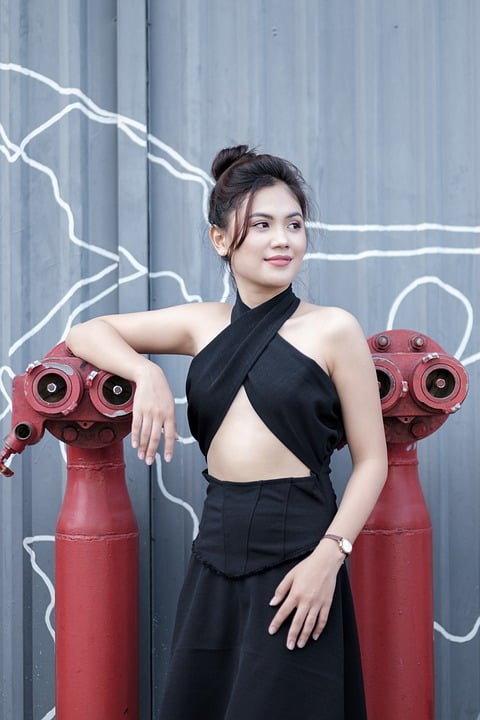The world of modeling has undergone significant changes over the past few decades, with advancements in technology playing a major role in its evolution. From traditional modeling to digital modeling, the industry has seen a transformation in the way models are scouted, booked, and marketed. In this article, we will explore the evolution of the model industry, from its humble beginnings to the digital age.
Traditional Modeling
Traditional modeling has been around for centuries, with models being used to showcase clothing, accessories, and other products to consumers. In the early days of modeling, models were typically hired by individual designers or small fashion houses to showcase their designs in fashion shows or campaigns.
As the industry grew, modeling agencies became more prevalent, acting as a middleman between models and clients. These agencies would scout, train, and book models for various jobs, taking a percentage of their earnings in return. Models would attend castings, go-sees, and photo shoots to land gigs and build their portfolios.
The Rise of Supermodels
In the 1980s and 1990s, the modeling industry saw the rise of supermodels like Cindy Crawford, Naomi Campbell, and Linda Evangelista. These models became household names, gracing the covers of magazines, walking the runways for top designers, and starring in major ad campaigns. Their fame and influence helped propel modeling into the mainstream and solidified its status as a lucrative career.
The Impact of Social Media
In the early 2000s, social media began to change the landscape of the modeling industry. Models could now connect directly with their fans and followers, bypassing traditional agencies and casting calls. Platforms like Instagram and TikTok allowed models to showcase their portfolios, build their brands, and attract the attention of clients and agencies.
Social media also opened up new opportunities for diverse and unconventional models to break into the industry. Brands began to seek out models with unique looks, personalities, and followings, leading to the rise of influencers and content creators in the modeling world.
The Digital Age
In recent years, the model industry has transitioned further into the digital age, with virtual modeling and digital influencers becoming increasingly popular. Digital models, created using computer-generated imagery (CGI), are now being used in fashion campaigns, social media posts, and even virtual fashion shows.
Digital models offer brands a cost-effective and customizable alternative to traditional models, allowing them to create hyper-realistic avatars that can be tailored to fit their specific needs. These virtual models can be used to showcase clothing, accessories, and cosmetics without the need for physical shoots or in-person models.
The Future of Modeling
As technology continues to advance, the future of the model industry looks increasingly digital. Virtual fashion shows, augmented reality fitting rooms, and AI-powered styling platforms are just a few of the innovations shaping the future of modeling. Brands and agencies are embracing these digital tools to reach a wider audience, enhance the customer experience, and drive sales.
However, the rise of digital modeling also raises questions about the future of traditional models and their role in the industry. While virtual models offer a new and exciting way to showcase products, many clients and consumers still value the authenticity and creativity that human models bring to a campaign.
Adapting to Change
In order to stay relevant in the digital age, models and agencies must be willing to adapt to the changing landscape of the industry. This may involve embracing new technologies, building an online presence, and diversifying their skill set to meet the demands of clients and consumers.
Models who are able to leverage social media, create compelling content, and collaborate with brands on digital campaigns will have a competitive edge in the evolving model industry. Agencies that can connect their talent with the right opportunities, navigate the digital landscape, and stay ahead of trends will also remain key players in the industry.
Conclusion
The evolution of the model industry from traditional to digital has been a transformative journey, shaped by advancements in technology, changes in consumer behavior, and the rise of social media. While traditional modeling will always have a place in the industry, the future of modeling lies in the digital realm, where virtual models, influencers, and digital tools are redefining the way we think about beauty, fashion, and branding. Models and agencies that can adapt to these changes and stay ahead of the curve will continue to thrive in the dynamic and ever-changing world of modeling.
